Hair Is Tied to Self-Image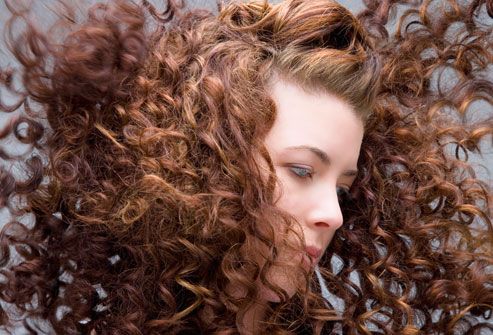
Because resting hairs regularly fall out, most people shed about 50-100 strands every day. You'll typically find a few in your hairbrush or on your clothes. Abnormal hair loss can happen in several ways. You may notice dramatic clumps falling out when you shampoo or style. Or your hair may thin slowly over time. If you're concerned about changes in your hair, check with your doctor.
Finding the Roots of Hair Loss
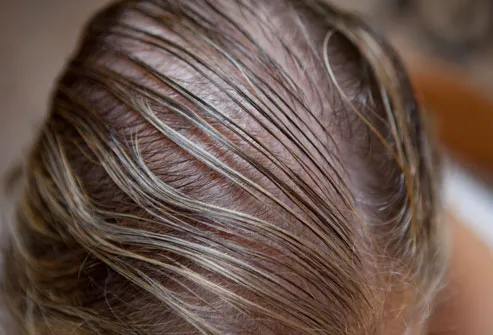
Hair loss in women can be triggered by about 30 different medical conditions, as well as several lifestyle factors. Sometimes no specific cause can be found. As a starting point, hair loss experts recommend testing for thyroid problems and hormone imbalances. In many cases, hair will grow back once the cause is addressed.
Measuring Women's Hair Loss
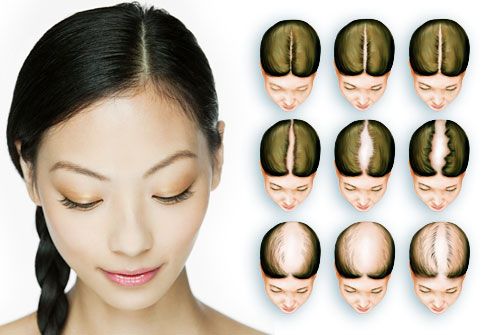
The Savin scale is a common measure that ranges from normal hair density to a bald crown (very rare). It's helpful in documenting female pattern baldness, which affects about 30 million American women. Experts think genetics and aging play a role in androgenic alopecia, along with the hormonal changes of menopause. Hair may become thin all over, with the greatest loss along the center of the scalp. A receding hairline is very rare in women.
Hair Loss Trigger: Thyroid Problems
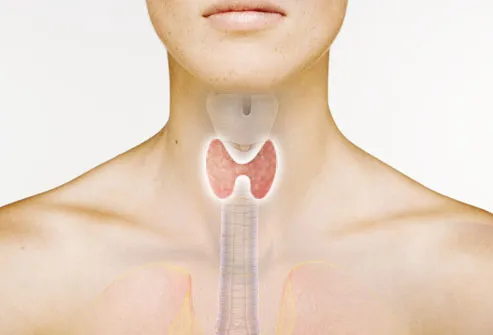
The thyroid is a butterfly-shaped gland at the front of the neck. It produces hormones that regulate many processes throughout the body. If the gland makes too much or too little thyroid hormone, the hair growth cycle may falter. But hair loss is rarely the only sign of a thyroid problem. Other symptoms include weight gain or loss, sensitivity to cold or heat, and changes in heart rate.
Hair Loss Trigger: PCOS
Women with polycystic ovary syndrome (PCOS) have a chronic hormonal imbalance. The body makes higher levels of androgens than expected. This often causes extra hair to sprout on the face and body, while hair on the scalp grows thinner. PCOS can also lead to ovulation problems, acne, and weight gain. But sometimes thinning hair is the only obvious sign.
Hair Loss Trigger: Alopecia Areata

Alopecia areata causes hair to fall out in startling patches. The culprit is the body's own immune system, which mistakenly attacks healthy hair follicles. In most cases, the damage is not permanent. The missing patches usually grow back in six months to a year. In rare cases, people may lose all of the hair on their scalp and body.
Hair Loss Trigger: Childbirth

Some women may notice their hair seems fuller during pregnancy. That's thanks to high levels of hormones that keep resting hairs from falling out as they normally would. But it doesn't last forever. After childbirth, when hormone levels return to normal, those strands fall out quickly. This can mean a surprising amount of hair loss at one time. It may take up to two years for hair to return to normal.
Hair Loss Trigger: Crash Diets
You may lose more than weight with a crash diet. People may notice hair loss 3-6 months after losing more than 15 pounds, but hair should regrow on its own with a healthy diet. Be prepared to shed some locks if your diet is very low in protein or too high in vitamin A.
Hair Loss Trigger: Extreme Stress
Extreme physical or emotional stress can cause a sudden shedding of one-half to three-quarters of the hair on your head. Examples include:
- Serious illness or major surgery
- Trauma involving blood loss
- Severe emotional trauma
The shedding may last six to eight months.
Treating Hair Loss: Medicine

Minoxidil (Rogaine) is approved by the FDA for female pattern hair loss. It can slow or stop hair loss in most women and may help hair grow back in up to a quarter of those who use it. The benefits are lost when you stop using it. For women with alopecia areata, corticosteroids can help regrow hair. And if you have an underlying medical problem or a nutritional deficiency, hair usually grows back on its own once that condition is under control.
Treating Hair Loss: Laser Devices
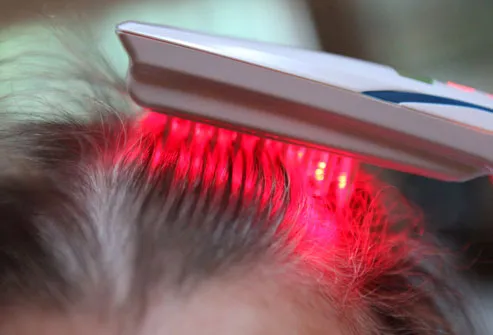
Devices that emit low-energy laser light may stimulate hair growth to help fight thinning hair. They're available in some clinics and as hand-held devices to use at home. At least one device has gained FDA approval for both men and women, based on a small study that showed effectiveness in at least some of those who tested it. It took 2-4 months to see the results. The FDA does not require the same rigorous testing for devices as for medicines
Coping With Thinning Hair

 A short cut, a different part, maybe a gentle body wave. Velcro rollers give great volume and body to your hair which lift your roots giving the illusion of thicker hair. A styling product for thin hair may help hide hair loss. You apply it to the root area and gently blow dry to build volume. (Let hair air dry partially before using a blow dryer.) Special cosmetics can camouflage visible areas of scalp. And keratin fiber hair cosmetics may be worth a try. They're sprinkled over the thinning patch, where their static charge makes hair appear thicker. As shown on the left.
A short cut, a different part, maybe a gentle body wave. Velcro rollers give great volume and body to your hair which lift your roots giving the illusion of thicker hair. A styling product for thin hair may help hide hair loss. You apply it to the root area and gently blow dry to build volume. (Let hair air dry partially before using a blow dryer.) Special cosmetics can camouflage visible areas of scalp. And keratin fiber hair cosmetics may be worth a try. They're sprinkled over the thinning patch, where their static charge makes hair appear thicker. As shown on the left.Coping With Significant Hair Loss
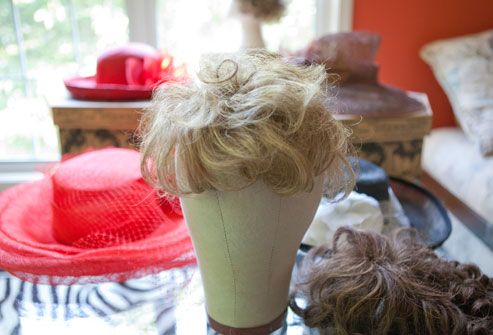
Adjusting to permanent hair loss is challenging for most women. If thin areas are very obvious, consider a weave, a hairpiece, a scarf, or a hat to cover bald spots. Good quality wigs are more comfortable than ever -- and they rarely have bad hair days. If hair loss interferes with your job or social life or makes you reluctant to leave the house, think about talking with a counselor.
